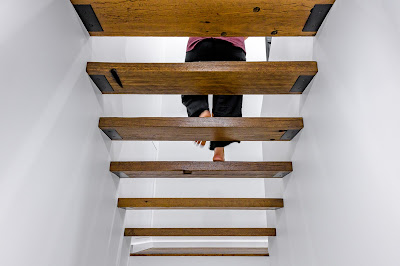Hi Guys,
In addition to the tutorials that you should be doing via Sketchup's website (www.sketchup.com/learn) here's some other video's for a bit of guidance;
Another good resource is the Sketchucation website. They have a mass of tutorials categorized by difficulty;
Beginner: http://sketchucation.com/resources/tutorials/beginner
Intermediate: http://sketchucation.com/resources/tutorials/intermediate
Advanced: http://sketchucation.com/resources/tutorials/advanced
You may also want to look at Artisan Tools https://artisan4sketchup.com/download-artisan/

























